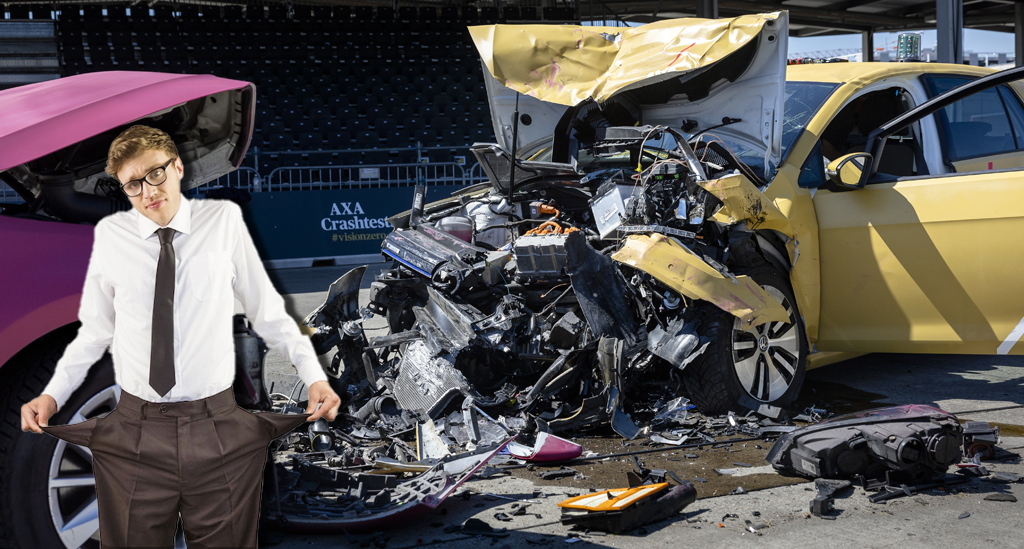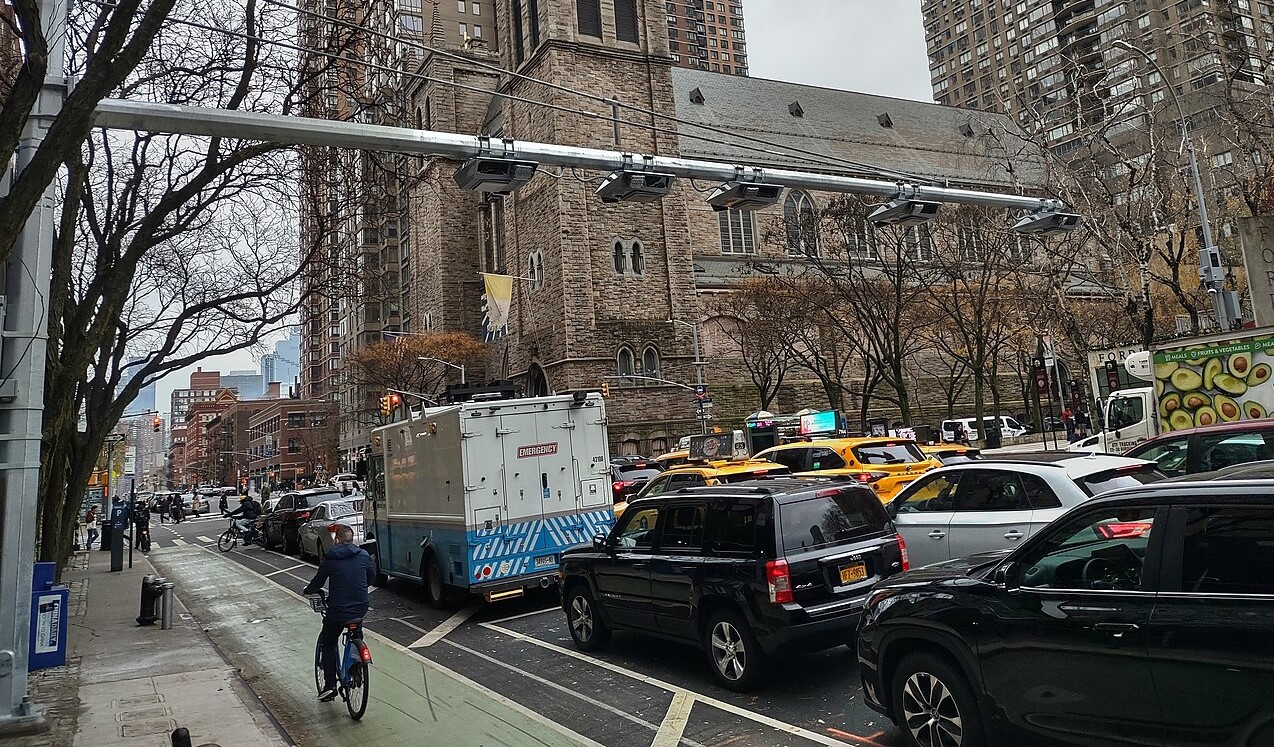This week we’re joined by Chris Fabian of Resource X to talk about his work on priority-based budgeting. We discuss how cities create budgets that reflect their policy goals and what it takes to find resources for big ideas.
An edited, partial transcript of our conversation is under the audio player below. Click here full a full (unedited) readout.
Jeff Wood: I have another question for you that's I feel is discussed a fair amount, and it’s about the goals and priorities that you were talking about earlier – which is, there’s a saying that a city or any public agency’s like true priorities show up in their budget. I’m wondering if you, who have worked on many budgets, believe this is accurate or not.
Chris Fabian: So I’ve definitely heard this phrased that the budget "is a moral document." Yes, the priorities are reflected in the budget, that’s where it’s at. But while I believe that to be true, I’ve gotta say it is often the case that when we reflect back how the resources are being allocated, based on the programs that are invested in and the priorities that are actually being accomplished, how often it is that this is a surprise moment. Sometimes priority-based budgeting is like a mirror — when you first do it, to say, we’ve looked at your budget, you believe that it’s a moral document, you believe your priorities are reflected, we’re showing it back to you. And oftentimes departments, elected officials might be a little surprised at what they see, which, what’s the implication there?
The implication is that the priorities are reflected, but again, the devil’s in the details. We have to really get into it to understand how are you funding those priorities. That’s not a trivial question to answer. How are the resources actually being invested into priorities that matter, to create a measurement device that answers that question will prove or disprove that statement that you made? The budget is the reflection of your priorities.
Jeff Wood: I’m wondering, then, going to the next kind of logical step, what is a priority-based budget then? Like, you know, if you are going to put the budget into a framework that actually pushes a city or or an agency of any kind towards, you know, spending on their priorities, what does that priority-based budget look like and and how could it be created?
Chris Fabian: I’ve heard it described most recently as a map — a map between resources and the priorities that you’re striving to accomplish. That’s a priority-based budget. So, the city of Duluth, Minnesota, we were just presenting with them last week and they said their elected officials had spent a great deal of time creating a vision for 2035. This is the kind of thing that local governments do. We create a long-term vision. On the other hand, you have your budget at the line item level filled with your chart of accounts, and each and every line item where resources are being allocated or appropriated monitored. Somewhere in the middle we need a map.
So the priority-based budget is maybe a lens to take on the one hand the information around line items and translate it in terms of the investment into those priorities. Overall, that’s a priority-based budget. Technically, local governments do line item budgeting or they budget at a line item level, is what that means. And that’s line item budgeting that's been around since like the beginning of creation, like, some point in the history of humankind line item budgeting was a very novel idea.
I use the word "account." Accounting was the primary function to really understand how we’re using the resources to spend on paper or vehicles or supplies or postage. Where priority based budgeting found its relevance was if you look at a line item budget and ask yourself a simple question like, take any line item, take your favorite line item, postage, take miscellaneous or whatever... and you say, how does that line item help us accomplish a priority like equity?
Gow does that line item help us accomplish a strategic priority like building a safer community? What inevitably happens is you find yourself making up some sort of middle story. So you say vehicles and you say, well, we have these vehicles and why do we need them to create a safer community? That’s a priority. Well, I’m sure that some vehicles are used for police patrol, so I just made up a connection in the middle and police patrol is something we do to create a safe community. All right, that’s interesting. What about something else that leads to a safe community that’s vehicle related?
Well, we have inspectors that go out and they drive their vehicles to go to a construction site or a building and inspect it for safety. Okay, that’s great. So now here’s two examples where I need to make up some sort of context in the middle to take the line item "vehicles" and connect it to the priority of a safe community. And that connection in our experience is: What are the vehicles, what are the line items, being used to do? And the answer to that question is, programs and services. Programs and services are the vehicles, metaphorically — the means to an end.
So you take line items, you invest in a program or service, which is people or stuff providing something in order to achieve an intended outcome, and a priority-based budget is leveraging the line items of your budget and filling in the gap between what are you doing with those line items and the priorities that you’re trying to accomplish.






